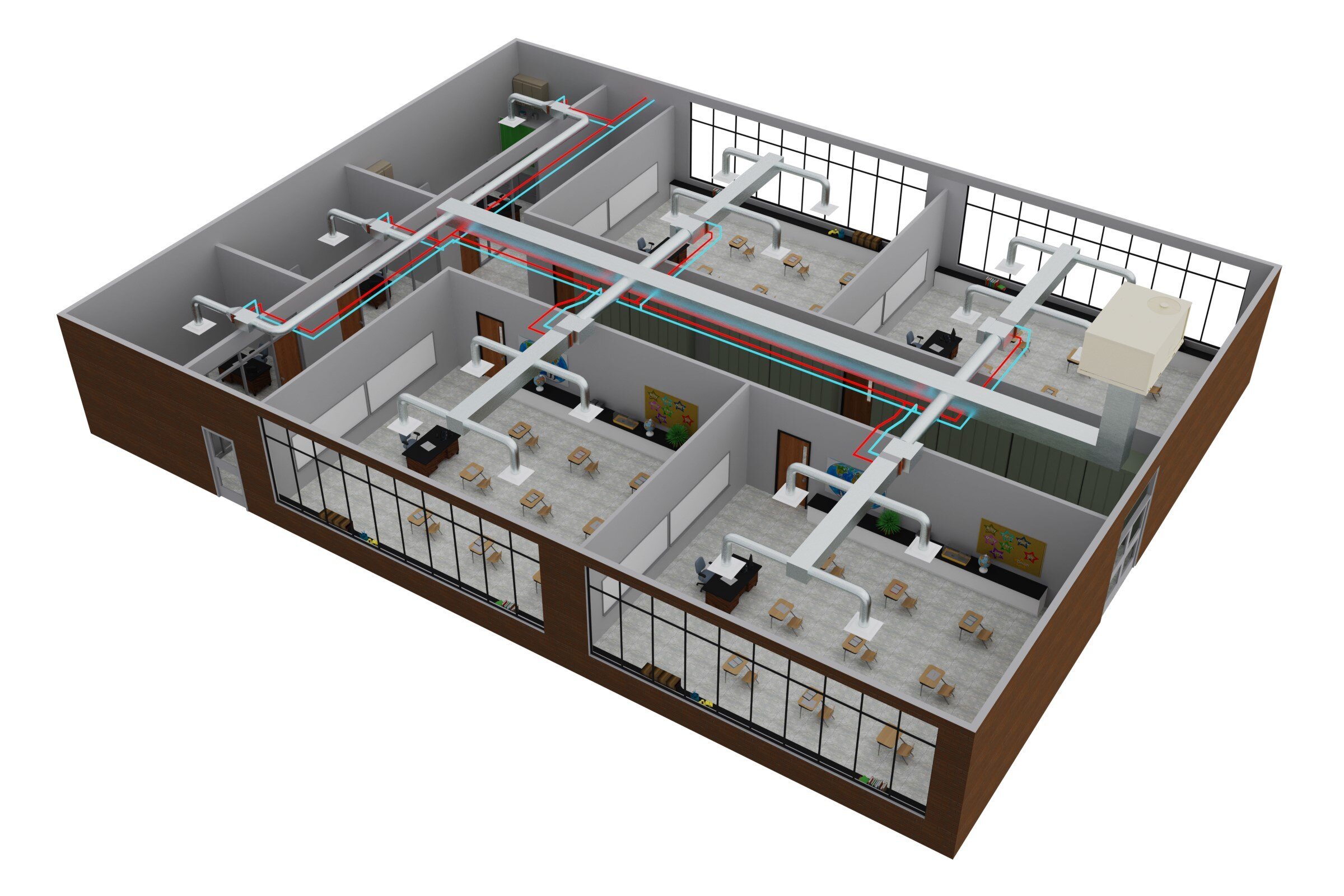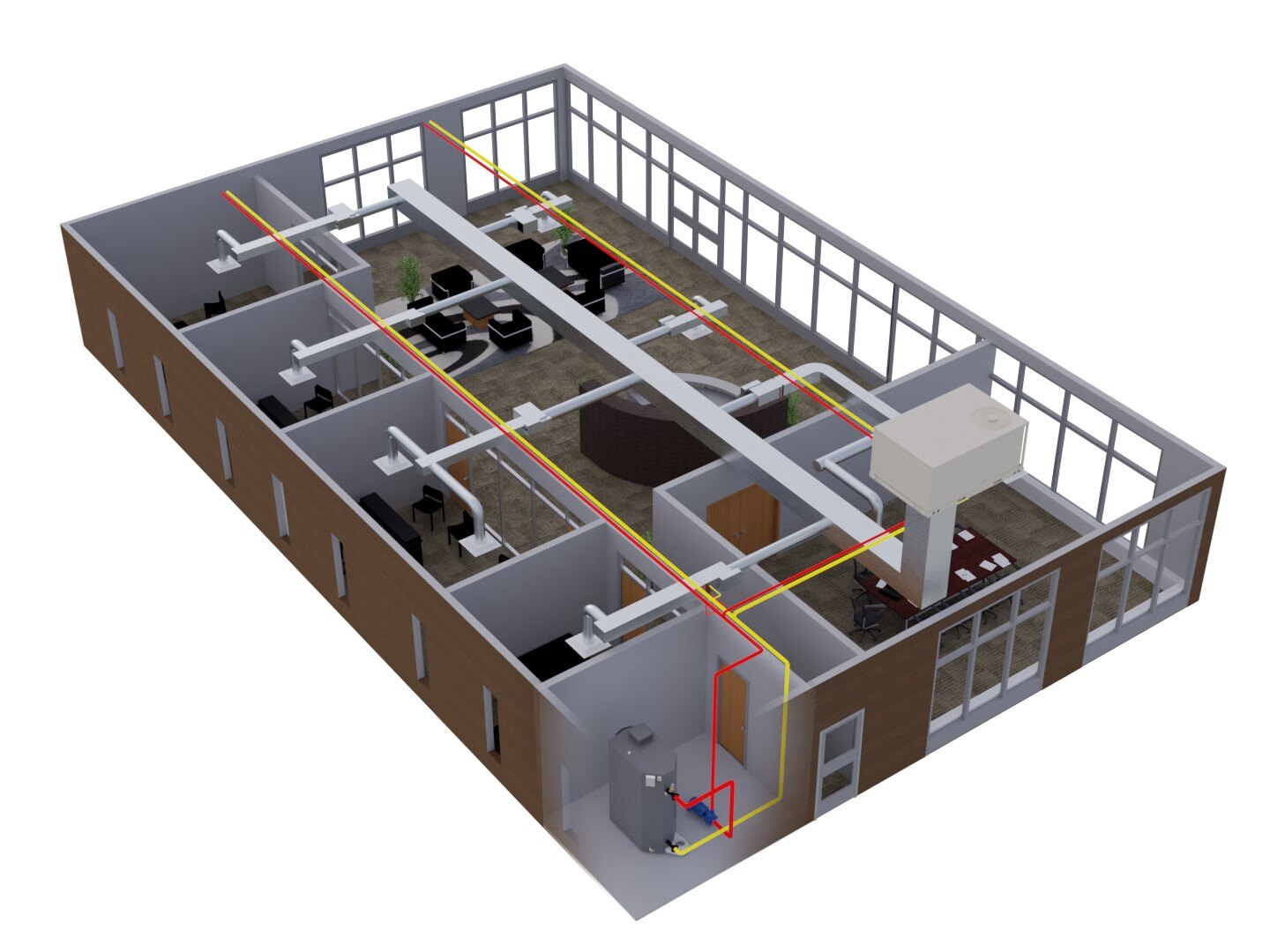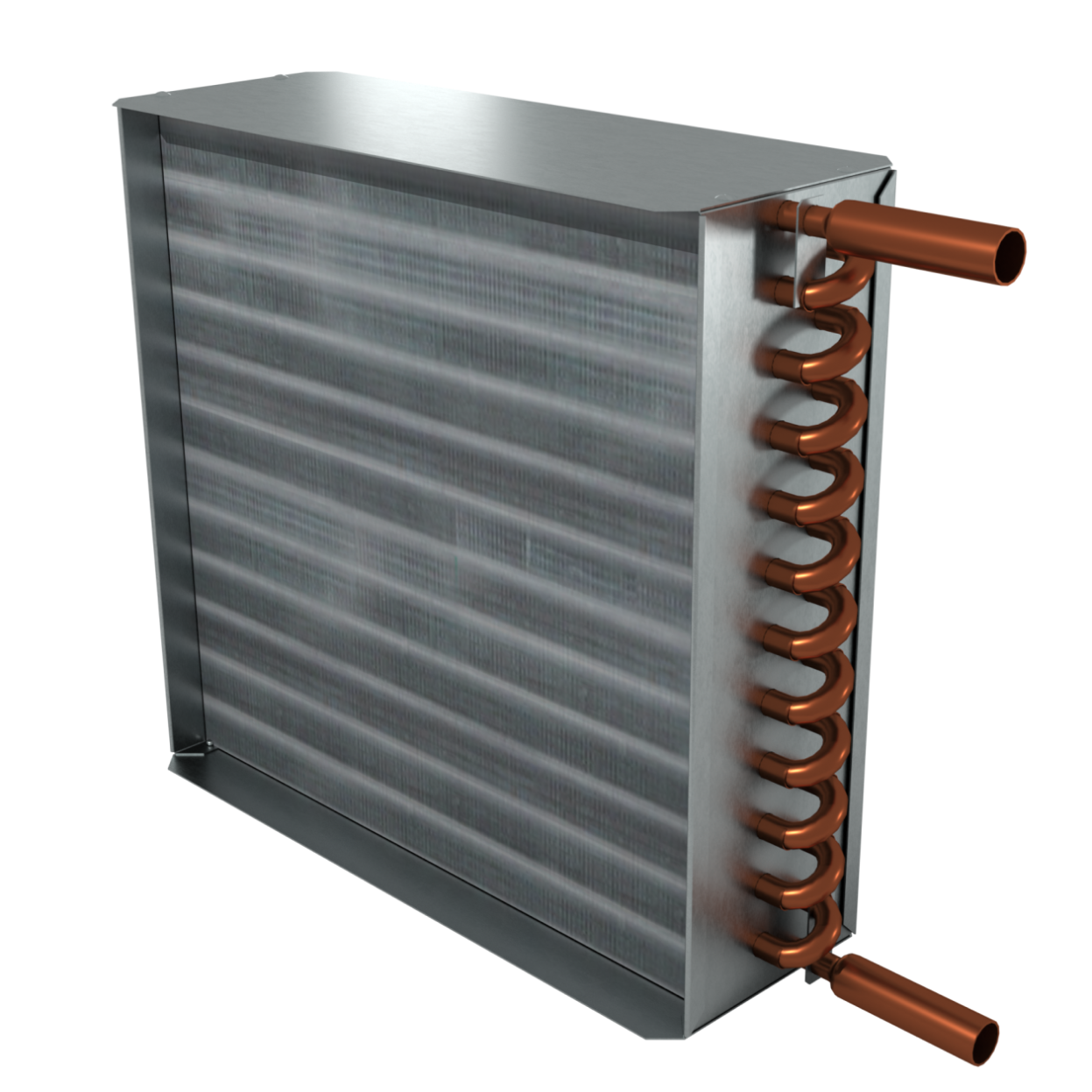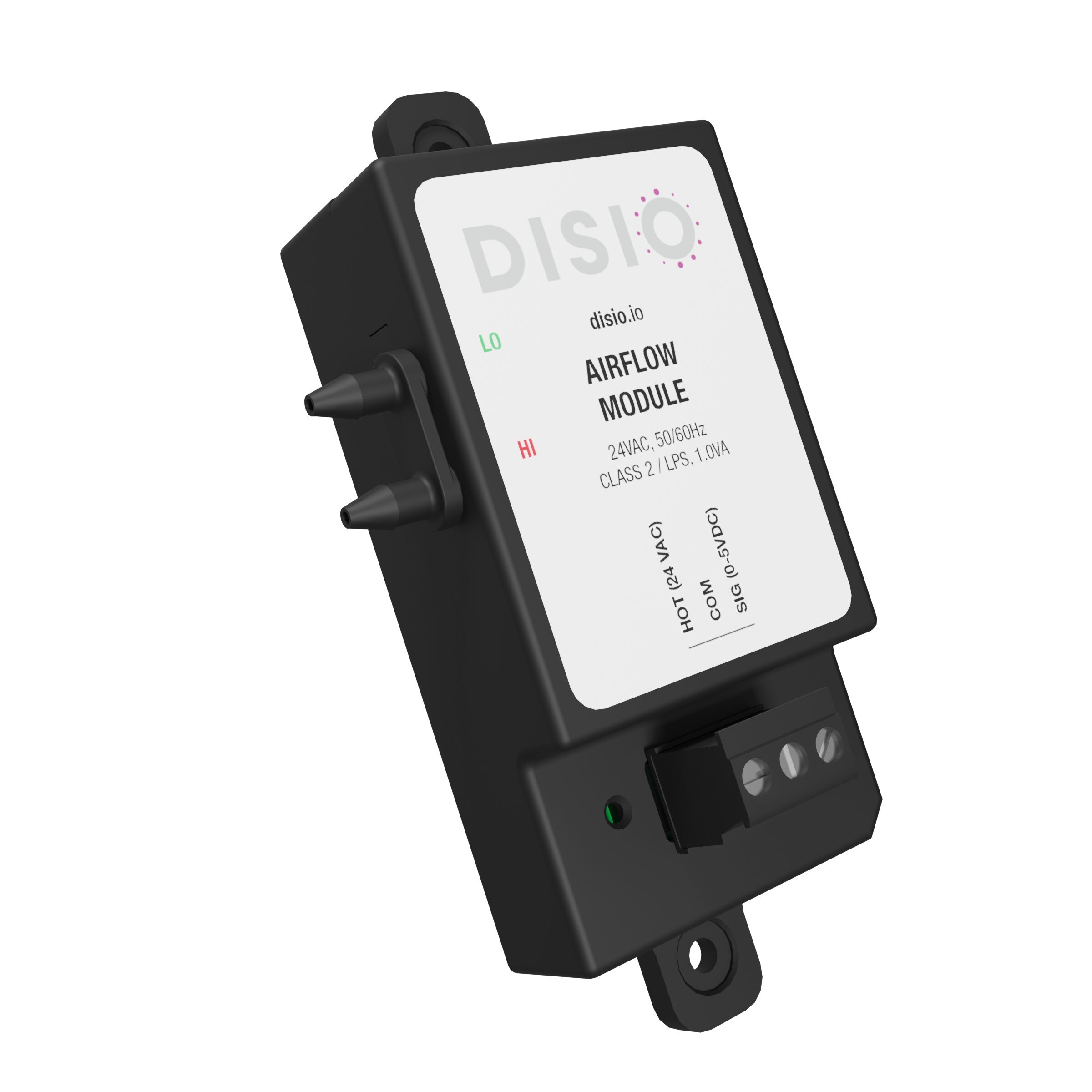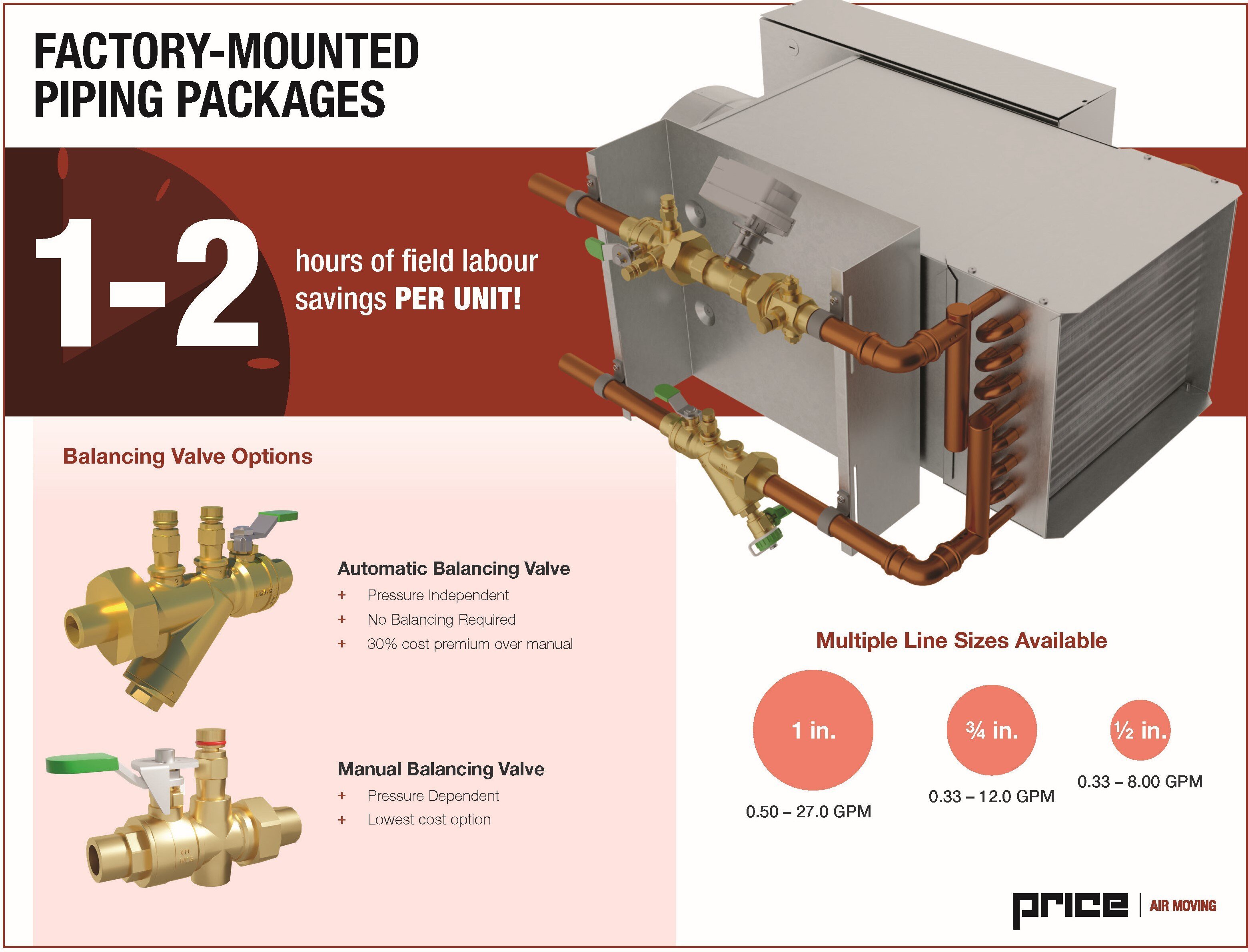Strategies to Save Energy and Reduce Costs
In the HVAC industry, we’re seeing the trend toward decarbonization and electrification affect the built environment more and more every year. It is therefore critical to improve HVAC system performance through better design, selection and control.
Read More
Topics:
GRD,
Diffusers,
Pressure Drop,
Terminals,
HVAC Fundamentals,
HVAC,
Engineering,
Design Engineering
Where Zone Control Meets Design Flexibility
As we discussed in our last blog post, single-duct VAV systems with hydronic reheat are one of the most popular commercial HVAC air distribution systems in North America. These systems provide heating, cooling and ventilation by regulating airflow and hot water.
Read More
Topics:
Terminals,
HVAC Fundamentals,
HVAC,
Engineering,
Design Engineering
How Choosing the Right Coil Can Optimize Single-Duct VAV Systems
When it comes to commercial HVAC air distribution systems, single-duct VAV systems with hydronic reheat are one of the most popular in North America. As decarbonization and electrification efforts continue to impact the built environment, it is critical to maximize the efficiency of these systems and reduce their natural gas usage.
Read More
Topics:
Pressure Drop,
Terminals,
HVAC Fundamentals,
HVAC,
Engineering,
Design Engineering
A Look at How This Important Device Works in the HVAC Industry
In the world of HVAC, an airflow transducer is a device that converts an airflow signal into an electronic signal for a VAV controller to regulate a damper and provide airflow to a space.
Read More
Topics:
Static Pressure,
Terminals,
Controls,
Thermal Comfort,
HVAC Fundamentals,
HVAC,
Engineering,
Design Engineering,
Tech Tip
The Efficiency Advantage of Factory-Mounted Piping Packages
Single-duct VAV systems are one of the most prevalent commercial HVAC systems in North America. Traditionally, their installation is labor intensive, requiring on-site assembly of various components. Preconstruction practices are simplifying this reality, and the biggest game changer is factory-mounted hydronic piping packages.
Read More
Topics:
Terminals,
HVAC Fundamentals,
HVAC,
Engineering,
Tech Tip


